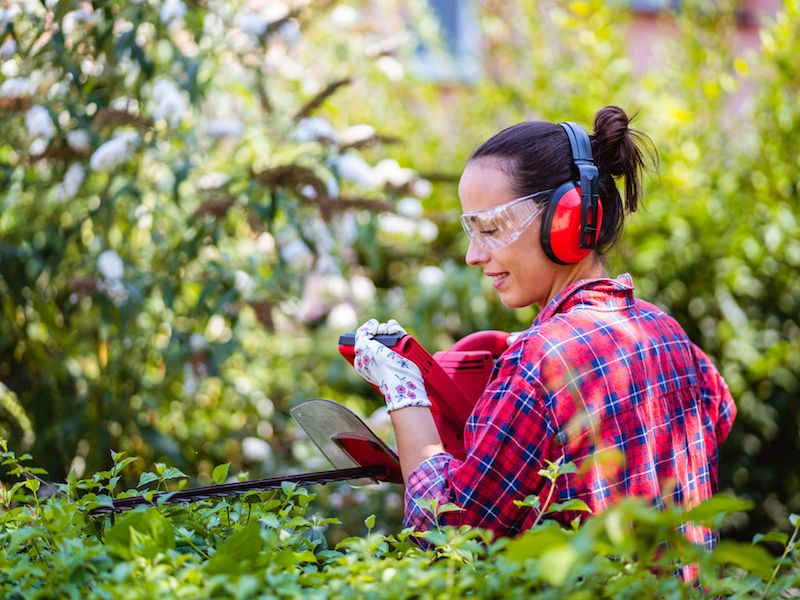
Eating right and protecting your hearing have some similarities. It sounds smart, but not many of us have a good idea of where to start. If there aren’t any apparent noise risks and you don’t think your environment is particularly noisy, this is especially true. But daily life can put stress on your ears and your senses, so practicing these hearing protection techniques can help safeguard your auditory acuity.
The more you can do to delay the impairment of your hearing, the longer you’ll be capable of enjoying the sounds around you.
Tip 1: Wearable Ear Protection
The most simple and sensible way that you can safeguard your hearing is to protect your ears. This means taking basic steps to diminish the amount of loud and harmful noises you’re subjected to.
For most people, this will mean using ear protection when it’s called for. Hearing protection generally comes in two basic forms:
- Ear Plugs, which are placed in the ear canal.
- Ear Muffs, which are placed over the ears.
Neither form of hearing protection is inherently better than the other. There are benefits to each type. Your choice of hearing protection should, most importantly, feel comfortable.
Tip 2: Know When Sound Gets Harmful
But how do you know when to use hearing protection? We’re used to associating dangerous noise with painful noise. But much lower volumes of sound can harm your ears than you might believe. The sounds of traffic, as an example, are loud enough to start damaging your hearing after just a couple of hours. Recognizing when sound becomes harmful, then, is a vital step in protecting your hearing.
The following threshold is when sound becomes harmful:
- 95-100 dB: This is the normal volume of your earbuds or the level of farm equipment. After about 15-20 minutes this volume of sound becomes harmful.
- Over 100 dB: Your ears can be very rapidly injured by this. Anything above this limit can damage your hearing in minutes or seconds. As an example, rock concerts and jet engines will injure your ears in 30 seconds.
- 85 decibels (dB): After around two hours this level of sound is damaging.Your hairdryer or a busy city street are both situations where you will find this volume of sound.
Tip 3: Use Your Phone as a Sound Meter
Now that we have a general understanding of what volume of noise could be dangerous, we can take some precautions to ensure we limit our exposure. But in day to day life, it can be difficult trying to determine what is too loud and what isn’t.
Your smartphone can now be used as a handy little tool. Sound meter apps exist for every type of smartphone.
In order to get an understanding of what harmful levels of noise actually sound like, use your sound meter to check the decibel level of everything you are hearing.
Tip 4: Be Mindful of Your Volume Buttons
A smartphone with earbuds is commonly the way people listen to music these days. Your hearing is put at risk with this combination. Over time, earbuds set to a sufficiently high volume can cause considerable injury to your hearing.
So keeping an eye on the volume control means protecting your hearing. In order to drown out sounds elsewhere, you should never raise the volume. And we recommend using apps or configurations to ensure that your volume never accidentally become dangerously high.
If your hearing begins to decline, earbuds can become a negative feedback loop; in order to make up for your faltering hearing, you may find yourself continuously increasing the volume of your earbuds, doing more damage to your ears in the process.
Tip 5: Get Your Hearing Tested
You might think that having a hearing exam is something you do only when your hearing starts to decline. Without a baseline to compare results to, it’s not always easy to identify a problem in your hearing.
Scheduling a hearing screening or exam is a good way to generate data that can be used for both treatment and analytic purposes, making certain that all of your future hearing (and hearing protection) decisions have some added context and information.
Pay Attention to Your Hearing
It would be ideal if you could continuously protect your ears without any problems. But there will always be challenges. So protect your ears when you can, as often as you can. You should also get your ears examined regularly. Use these suggestions to improve your chances.
